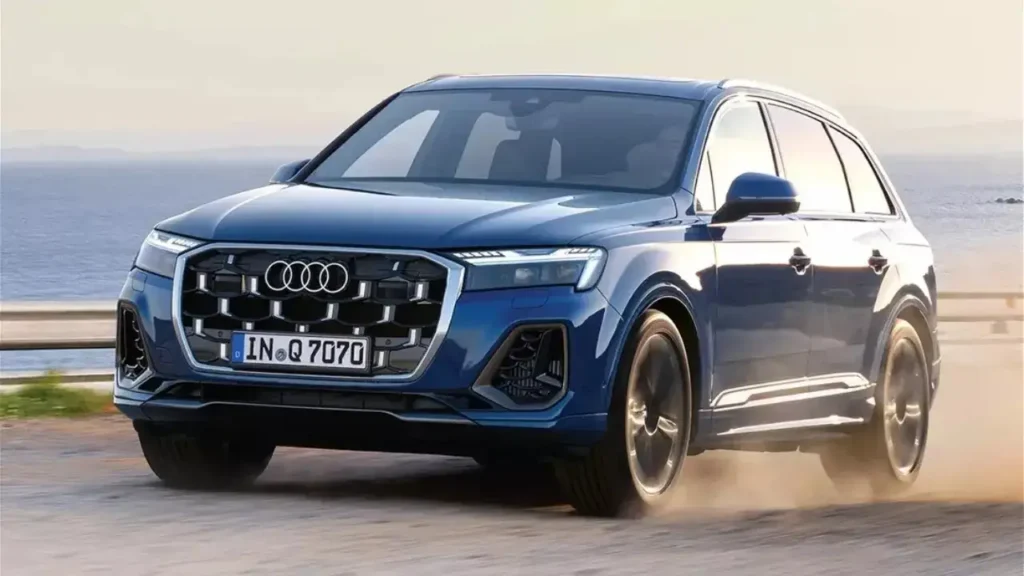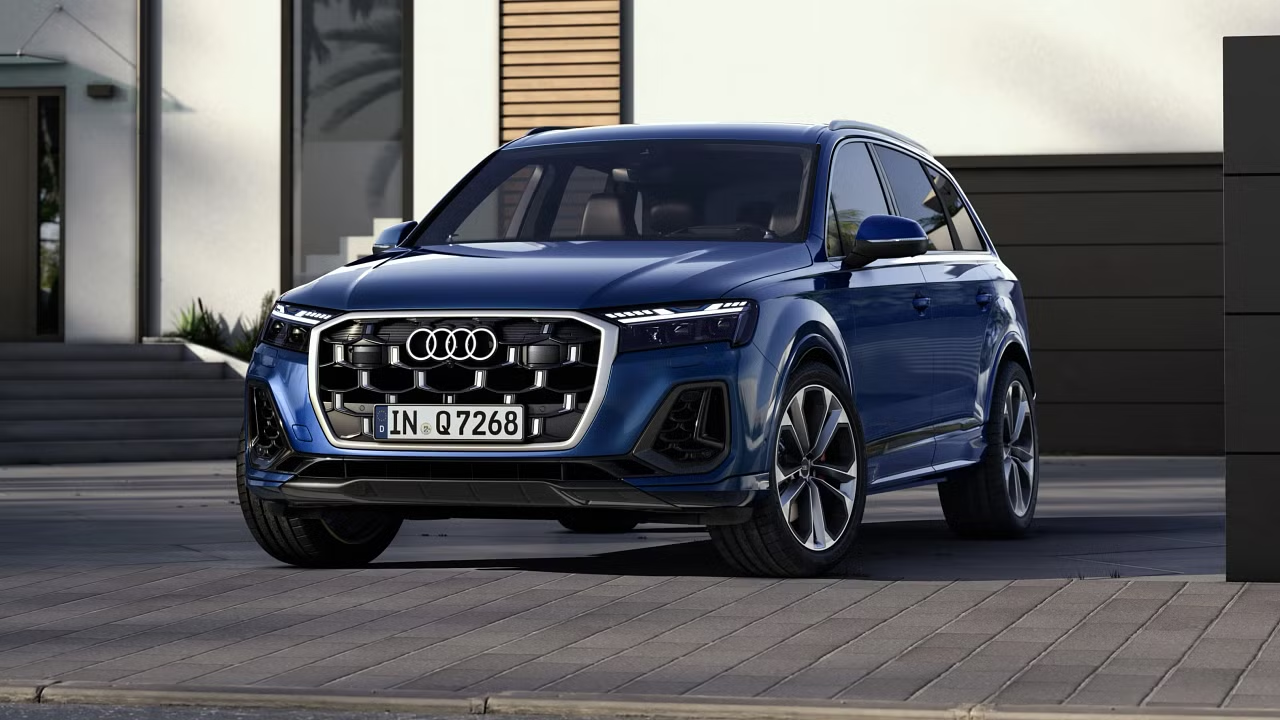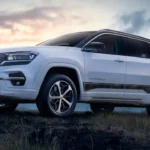The Indian automotive market has seen a steady rise in the demand for premium SUVs over the past few years. These high-end vehicles, known for their luxury, performance, and versatility, have captured the attention of consumers across the country. However, as we move into the summer of 2025, there’s an important trend that potential buyers should be aware of—premium SUVs in India are becoming significantly more expensive. This price increase, which could impact buyers’ decisions, is expected to be influenced by several factors. In this article, we explore the reasons behind the rising costs of premium SUVs in India and what it means for prospective buyers.
Reasons Behind the Price Hike
- Rising Input Costs
One of the primary reasons for the rising prices of premium SUVs is the increasing cost of raw materials. Automakers rely on a range of components, from high-quality steel to advanced electronics and infotainment systems. With inflation and supply chain disruptions affecting the availability and prices of these materials, manufacturers are left with no choice but to pass on these additional costs to consumers. The price of materials like aluminum, steel, and plastic—key elements in the production of SUVs—has steadily climbed, driving up the cost of manufacturing. - Upgraded Features and Technology
Premium SUVs are not just about size and performance; they also come packed with advanced features that justify their high price tag. As technology continues to evolve, car manufacturers are integrating cutting-edge technologies into their vehicles. From advanced driver-assistance systems (ADAS) to luxury infotainment options, premium SUVs are getting smarter and more equipped than ever. However, these upgrades come at a price. The inclusion of features like adaptive cruise control, autonomous parking, and advanced safety systems raises the overall cost of the vehicle. - Stricter Emission Norms and Compliance Costs
With the government implementing stricter emission norms, automakers are required to invest in advanced technology to meet these environmental standards. Upgrading engines, improving fuel efficiency, and incorporating hybrid or electric powertrains in some premium SUVs have increased the research and development costs. These expenses are being reflected in the final retail price. Compliance with new emission standards is essential for automakers to stay competitive and avoid penalties, but it adds to the cost of manufacturing. - Currency Fluctuations and Import Duties
Many premium SUVs in India feature components that are imported from other countries. Fluctuating exchange rates and rising import duties on certain parts have had an adverse impact on the overall pricing structure. As automakers rely on imported parts to maintain quality and performance, they are forced to adjust their prices to accommodate these rising costs. The Indian rupee’s value against foreign currencies also plays a role in the overall pricing of luxury vehicles. - Rising Demand for Luxury Vehicles
The demand for premium SUVs in India has been on an upward trajectory, especially in urban centers. With increasing disposable incomes and changing consumer preferences, more buyers are opting for luxury vehicles. This heightened demand has encouraged automakers to enhance the quality of their offerings, but it also means that prices are being driven up as manufacturers aim to match consumer expectations for premium quality, performance, and features. - Supply Chain Disruptions
The global automotive industry has experienced disruptions in its supply chain, particularly due to the lingering effects of the COVID-19 pandemic and geopolitical tensions. Issues like semiconductor shortages, logistics delays, and production halts have made it difficult for automakers to maintain regular production schedules. As a result, the cost of manufacturing increases, which ultimately impacts the price of premium SUVs in the Indian market.

How Will This Affect Indian Consumers?
While the rising prices of premium SUVs may pose a challenge for some buyers, it is important to understand the value these vehicles offer. Premium SUVs are not just about high price tags; they represent a blend of luxury, cutting-edge technology, powerful performance, and superior comfort. Consumers willing to invest in these vehicles are typically looking for a long-term ownership experience, and the added costs are often seen as an investment in superior quality.
For buyers, it means that now may be the right time to purchase a premium SUV before prices climb even further. However, prospective buyers should also assess their budget and evaluate the value they will derive from these vehicles. It is essential to weigh the added costs against the benefits of owning a premium SUV, keeping in mind factors such as long-term reliability, low maintenance costs, and the overall driving experience.
The Road Ahead for Premium SUVs in India
Looking ahead, it seems that the upward trend in the prices of premium SUVs in India may continue, at least in the short term. Automakers will continue to introduce more advanced technologies and improve their vehicle offerings, which may lead to further price increases. However, competition among manufacturers may help keep prices in check, and consumers may still find attractive deals in specific segments or with certain brands.
As the market for luxury vehicles in India matures, it is likely that a wider variety of premium SUVs will be introduced, catering to different tastes and budgets. For instance, some automakers might focus on offering more affordable luxury options to capture a larger market share while maintaining high standards of quality and performance.
Conclusion
Premium SUVs in India are getting pricier this summer due to a variety of factors, including rising input costs, upgraded features, stricter emission norms, and global supply chain challenges. While this may be a concern for some buyers, the increased cost is a reflection of the added value these vehicles offer in terms of technology, comfort, and performance. As the demand for luxury vehicles continues to grow, prospective buyers will need to carefully consider their options, budget, and long-term investment when purchasing a premium SUV.







